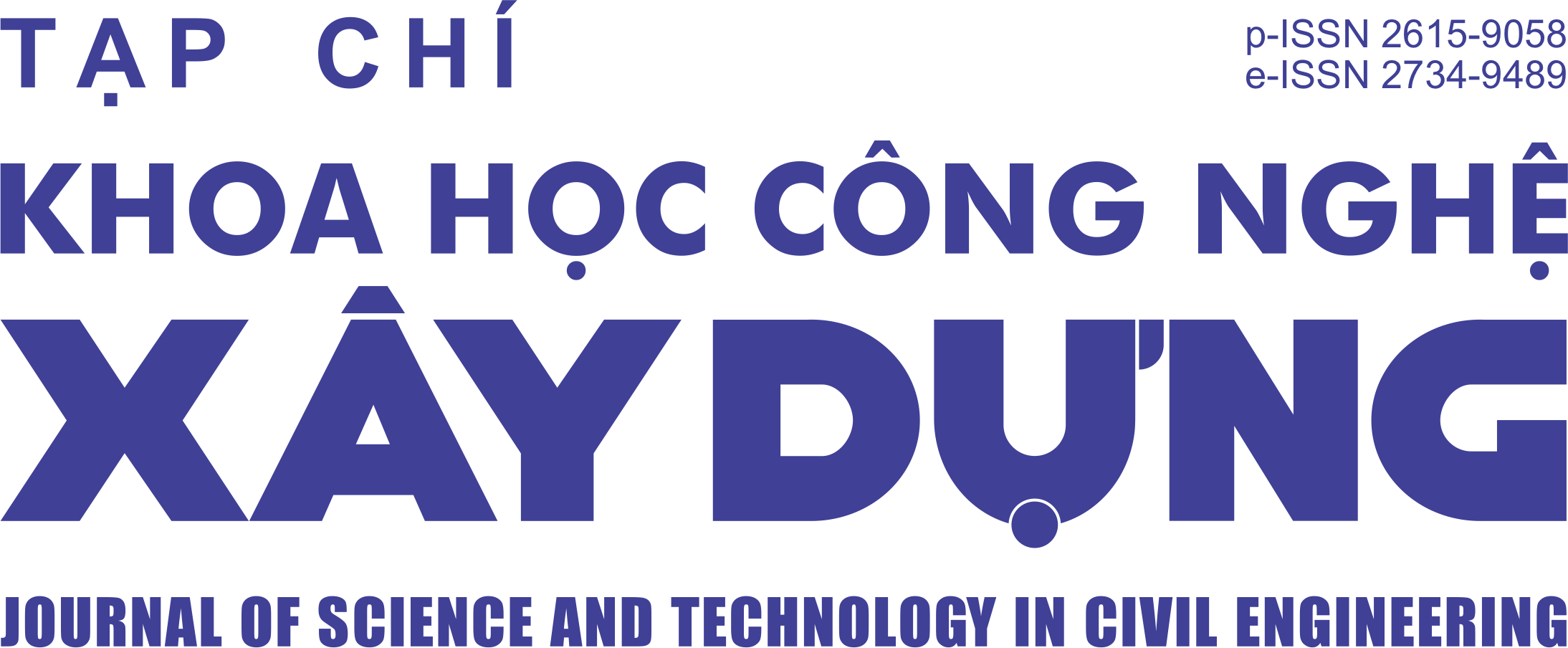Investigating compressive strength of concrete containing steel fiber by data-driven approach
Abstract
The main objective of this paper is to use the data-driven approach to predict and study the factors affecting the compressive strength of steel fiber concrete. Therefore, six machine learning (ML) models were evaluated against a database of 166 samples and ten input variables, including Cement content, Water content, Silica fume content, Steel fiber content, Coarse aggregate content, Sand content, Superplasticizer content, Fiber diameter, Fiber length, Fly ash content. SixMLmodels, including Artificial Neural Network (ANN), K-Nearest Neighbor (KNN), Categorical Boosting (CatB), Random Forest (RF), Gradient Boosting (GB), and Extreme Gradient Boosting (XGB), are evaluated against performance metrics and validated by 1000 Monte Carlo simulations. The compressive strength prediction performance by the ML models is arranged in descending order as follows XGB>GB>CatB>RF >ANN>KNN. The two best models can predict the compressive strength of steel fiber concrete to be GB with a coefficient of determination (R2) of 0.9874 and a root mean square error (RMSE) of 2.5763 MPa and XGB with an R2 of 0.9926 and an RMSE of 1.9814 MPa for the testing dataset. The influence of the ten variables can be arranged in descending order as follows: Cement content > Water content > Silica fume content > Steel fiber content >Coarse aggregate content > Sand content > Superplasticizer content > Fiber diameter > Fiber length > Fly ash content. Among them, Cement content, Silica fume content, and Steel fiber content have a positive effect on improving the compressive strength of concrete. The steel fiber content used should be less than 1.5% of concrete volume to improve the efficiency of steel fiber in concrete. Meanwhile, Fiber diameter and Fiber length have a minimal influence on the compressive strength of steel fiber concrete.
Downloads
Copyright (c) 2023 Hanoi University of Civil Engineering

This work is licensed under a Creative Commons Attribution-NonCommercial-NoDerivatives 4.0 International License.
1. The Author assigns all copyright in and to the article (the Work) to the Journal of Science and Technology in Civil Engineering (JSTCE) – Hanoi University of Civil Engineering (HUCE), including the right to publish, republish, transmit, sell and distribute the Work in whole or in part in electronic and print editions of the Journal, in all media of expression now known or later developed.
2. By this assignment of copyright to the JSTCE, reproduction, posting, transmission, distribution or other use of the Work in whole or in part in any medium by the Author requires a full citation to the Journal, suitable in form and content as follows: title of article, authors’ names, journal title, volume, issue, year, copyright owner as specified in the Journal, DOI number. Links to the final article published on the website of the Journal are encouraged.
3. The Author and the company/employer agree that any and all copies of the final published version of the Work or any part thereof distributed or posted by them in print or electronic format as permitted herein will include the notice of copyright as stipulated in the Journal and a full citation to the Journal as published on the website.







